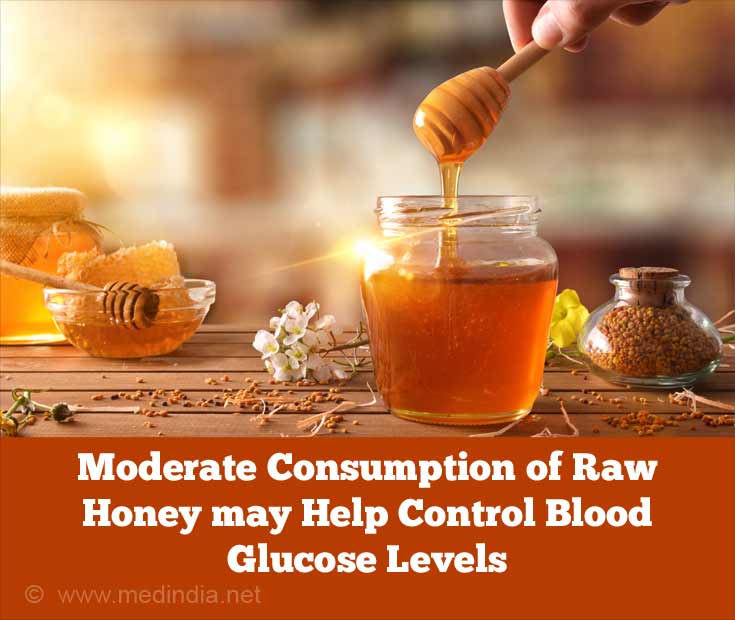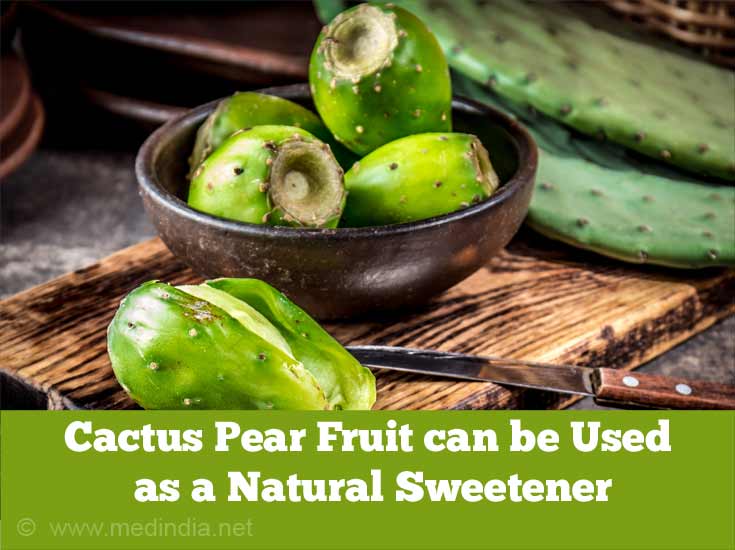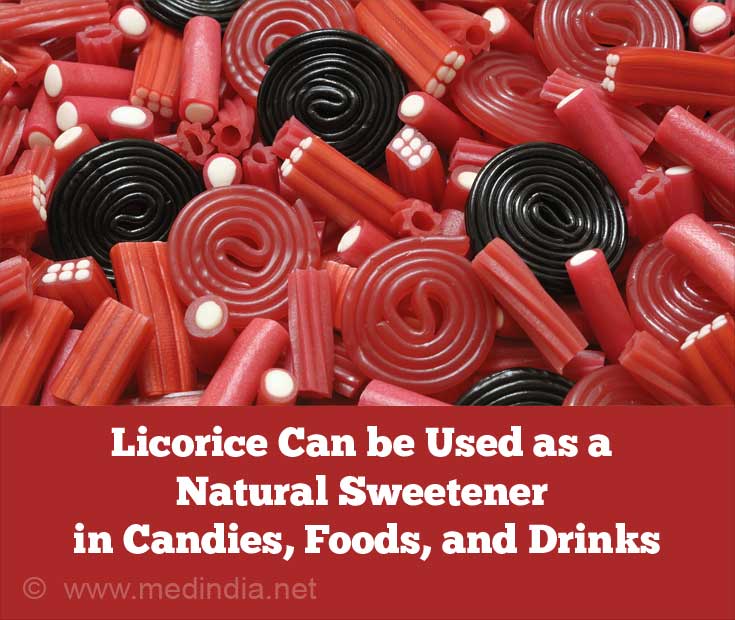- Grembecka M. Natural sweeteners in a human diet. Rocz Panstw Zakl Hig. 2015;66(3):195-202.
- Chow KF. A Review of Excessive Sugar Metabolism on Oral and General Health. Chin J Dent Res. 2017;20(4):193-198.
- Glycemic Index and Glycemic Load - (http://lpi.oregonstate.edu/mic/food-beverages/glycemic-index-glycemic-load)
- Honey or Sugar - (https://www.ag.ndsu.edu/ramseycountyExtension/news/extended-to-you/2012-extended-to-you/honey-or-sugar)
- Doner LW. The sugars of honey--a review. J Sci Food Agric. 1977;28(5):443-456. - (https://www.ag.ndsu.edu/ramseycountyExtension/news/extended-to-you/2012-extended-to-you/honey-or-sugar)
- Erejuwa OO1, Sulaiman SA. Fructose might contribute to the hypoglycemic effect of honey Molecules. 2012;17(2):1900-1915. - (https://www.ag.ndsu.edu/ramseycountyExtension/news/extended-to-you/2012-extended-to-you/honey-or-sugar)
- Ferrazzano GF, Cantile T, Alcidi , et al. Is Stevia rebaudiana Bertoni a Non Cariogenic Sweetener? A Review. Molecules. 2015;21(1):E38. - (https://www.ag.ndsu.edu/ramseycountyExtension/news/extended-to-you/2012-extended-to-you/honey-or-sugar)
- Prakash I, Markosyan , Bunders . Development of Next Generation Stevia Sweetener: Rebaudioside M. Foods. 2014;3(1):162-175. - (https://www.ag.ndsu.edu/ramseycountyExtension/news/extended-to-you/2012-extended-to-you/honey-or-sugar)
- Mooradian AD1, Smith M2, Tokuda M3. The role of artificial and natural sweeteners in reducing the consumption of table sugar: A narrative review.Clin Nutr ESPEN. 2017 ;18:1-8. - (https://www.ag.ndsu.edu/ramseycountyExtension/news/extended-to-you/2012-extended-to-you/honey-or-sugar)
- C. SáenzA. M. EstévezE. Sepúlveda P. Cactus pear fruit: A new source for a natural sweetener.Plant Foods for Human Nutrition. 1998; 52(2):141–149 . - (https://www.ag.ndsu.edu/ramseycountyExtension/news/extended-to-you/2012-extended-to-you/honey-or-sugar)
What are Natural Sweeteners?
Natural sweeteners obtained from sources such as plants, berries, fruits and honey have been an important part of human diet for ages. However, at the beginning of the 20th century sucrose commonly known as refined sugar replaced the other natural sweeteners and became the most popular sweetening agent used especially by the consumers and food industry.
Sweeteners are an integral part of the diet because the sweetness improves taste and acceptance of food. However, research reveals a close connection between excess sugar consumption and lifestyle disorders such as diabetes, obesity, heart disease, and even cancer.
So, is there a healthier sugar alternative that is beneficial to health without much negative consequences? Yes, and the answer is natural sweeteners that were used for thousands of years by our ancestors!
Due to their low glycemic index most natural sweeteners can also be consumed by people suffering with diabetes. This article briefly explains how natural sweeteners are better for your health and also lists down some of the best natural sweeteners you can use as healthier sugar alternatives.
Natural sweeteners, just like sugar act as sweetening agents. However, the sugar profile of every sweetener is different. Refined sugar that we commonly use, is actually sucrose, a disaccharide, made up of glucose and fructose. Other natural sweeteners may show a different sugar profile in terms of proportion of glucose and fructose. Most natural sweeteners show low glycemic index, which means their potential to increase blood glucose levels, is lower than that of the regular or refined sugar.
Why do we need Natural Sweeteners as Sugar Alternatives?
Sugar is either consumed as added sugar to food or as non-added sugar that is present naturally in fruits and vegetables. Consumption of sugar especially as added sugar results in sudden surge in blood glucose levels due to its quick absorption. A high blood glucose level challenges the body to metabolize glucose in the body.
Constant high blood glucose levels arising from regular consumption of sucrose or sugar can eventually result in hyperglycemia and diabetes. Most natural sweeteners with their different proportion of sucrose and fructose are slowly absorbed by the body, and also have a lower glycemic index as compared to sugar. This helps to maintain blood sugar levels in the normal range, which makes them healthier sugar alternatives, that can also be used by people with diabetes.
List of Top 10 Natural Sweeteners
1. Raw Honey
Raw honey is a sweet liquid prepared from flower nectar by the honey bees Apis Mellifica and is one of the oldest sweetening agents known to us. Honey was used as a natural sweetener even before the refined sugar was introduced and came into use. Raw honey contains fructose and glucose as a separate entity unlike sugar in which these monosaccharides are bound together.
The intestinal absorption of fructose present in honey is thought to stimulate insulin secretion needed to control blood glucose levels. In addition, fructose present in honey also shows beneficial effects on glycemic control, glucose- and appetite-regulating hormones, body weight, and food intake.

2. Stevia
Stevia is a powerful sweetener obtained from the leaves of small perennial shrub Stevia rebaudiana Bertoni. The medical constituents present in Stevia are reported to show therapeutic action against high blood glucose, high blood pressure, inflammation, and tumors.
Studies report that stevia extract provides zero calories and so can be used as a sugar alternative in non-alcoholic beverages, table-top sweetener formulations, chewing gum and yogurt. According to a study, nearly 80% of the people who tasted products containing stevia, reported the sweetness to be just right. Thus, stevia makes for a perfect sugar alternative without any compromise in sweetness.
3.Sugar Alcohols
Sugar alcohols are low digestible carbohydrates, which occur naturally in fruits, vegetables, and mushrooms. Sorbitol, xylitol, maltitol, mannitol, erythritol, isomalt and lactitol are the most common sugar alcohols used as natural sweeteners. The glycemic index for sugar alcohols is much lower than sugars, and hence they can be used as natural sweeteners in products for diabetics. Also, sugar alcohols cannot be fermented by bacteria present in the mouth and so they do not cause dental caries.
4. Real Fruit Pulps/Jams
Fruit in the form of fruit purees, real fruit jam, dried fruit can be used as a sugar alternatives in most food items. Fruits contain natural sugar in the form of sucrose, glucose and fructose. Research reveals that Luo Han Guo or monk fruit extracts can be used as high intensity sweeteners that are generally recognized as safe. Studies also have revealed Cactus pear fruit as a new source for a natural sweetener. The syrup of this fruit has been reported to have relative sweetness as glucose.

5. Brown Coconut/Palm Sugar
Brown sugar refers to the sugar alternatives derived from palm plants including areng palm (Arenga pinnata (Wurmb) Merrill), coconut (Cocos nucivera), or siwalan (Borassus flabellifer L.) The brown palm sugar contains sucrose, glucose, and fructose in varying amounts based on the source of palm tree.
The palm or coconut sugar actually has a lower glycemic index than the refined white sugar due to presence of a substance called Inulin, a type of fiber that slows glucose absorption. The abundance of palm trees, a healthy sugar profile, and the way of processing the sugar makes the brown palm sugar a feasible natural sweetener.
6. Dates
Dates have been used as natural sweetener for a very long time. Rich in natural sugars, proteins, fiber, minerals, and vitamins, dates are considered to be wholesome sources of food. Some studies report that dates have low to medium glycemic index and thus their limited consumption by diabetic individuals does not cause spike in blood glucose levels. Research also reports that date sugar exhibit high á-glucosidase, and ACE inhibitory activities that makes them a suitable natural sweetener to improve heart and diabetes health.

7.Sweet Proteins
Naturally occurring proteins that impart sweet taste are increasingly being accepted as natural sweeteners and can be used as a replacement for artificial sweeteners.
Thaumatin is one such protein extracted from fruit of Thaumatococcus daniellii (Benth). It is a potent natural sweetener and so it imparts sweet taste to the food even when added in extremely small amounts. Thus, use of Thaumatin as a sugar alternative does not increase the caloric value of food.
Other sweet proteins that are used as natural sweeteners include Brazzein, Monelin , Curculin, Mabinlin, Miraculin and Pentadin, all of which are obtained from plant sources.
Sweet protein is a suitable choice for people at risk of diabetes as these proteins do not trigger a demand for insulin.
8.Tagatose
Tagatose is a sugar naturally found in small amounts in milk. Tagatose is as sweet as sucrose, but contains only 1.5 calories/gram. This natural sweetener is being studied intensively, as it is believed to lower the glycemic index of a given amount of glucose in the diet. In some early studies on humans, tagatose has shown a low postprandial blood glucose and insulin response. Scientists believe that tagatose is an ingredient to most likely be included in the list of low-calorie or sugar-free sweeteners that is safe for diabetics.
9. Licorice
The roots and rhizomes of licorice plant Glycyrrhiza glabra are used in herbal medicine due to their several pharmacological properties. It is also used worldwide as a natural sweetener and reported to be nearly 50 to 100 times sweeter than sucrose. Licorice is used commonly as a natural sweetener in candies, foods, and drinks. However, due to its woody after taste, it is often used in combination with other natural sweeteners.

10. Maple Syrup
Maple syrup is obtained from the sap of sugar maple (Acer saccharum) tree. Maple syrup is a well-known natural sweetener and is used commonly as a sugar alternative with its simple sugar content of sucrose and fructose. Scientists have discovered that maple syrup also contains some phenolic compounds that might have beneficial effect on the health of people with diabetes.







